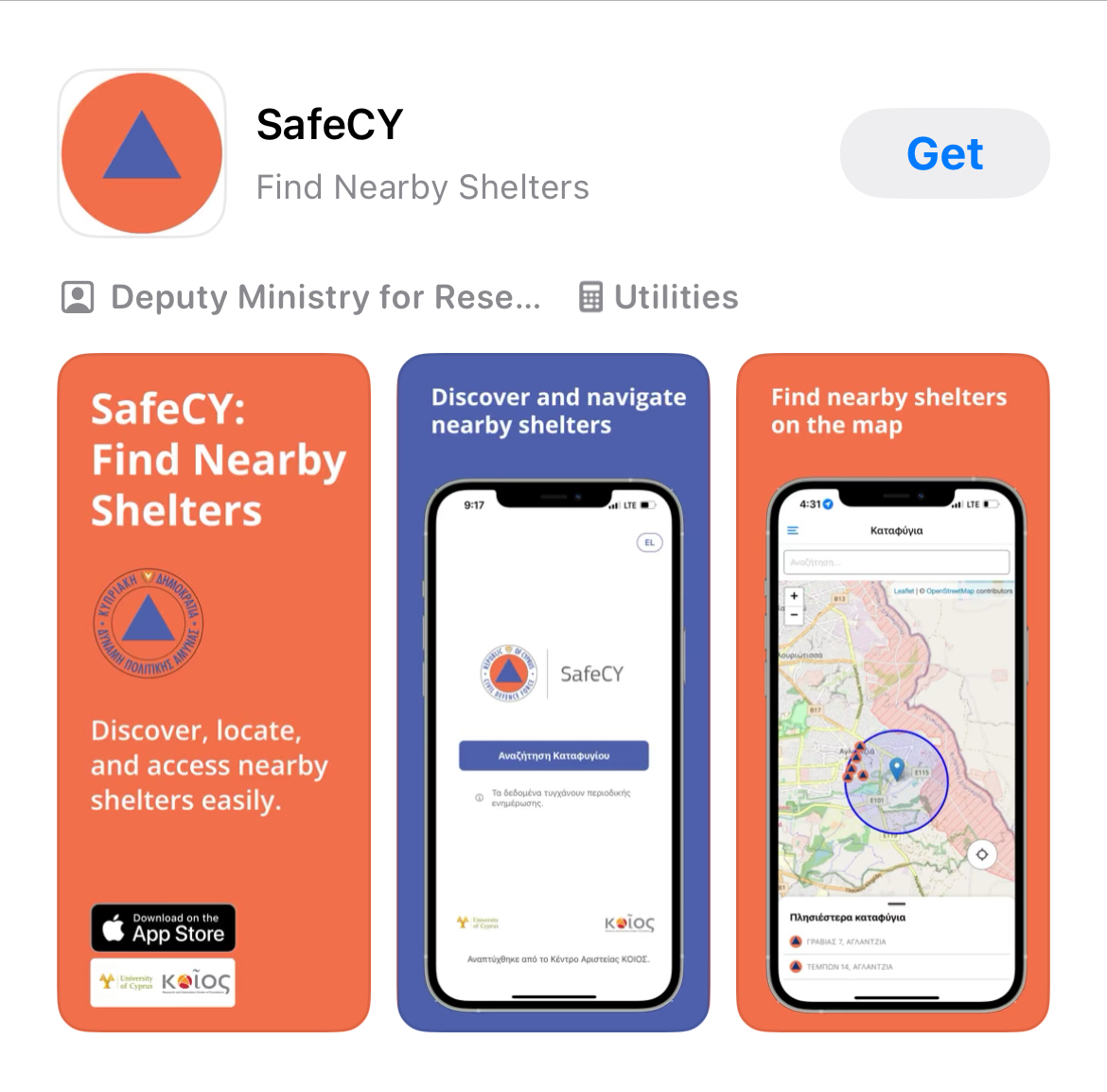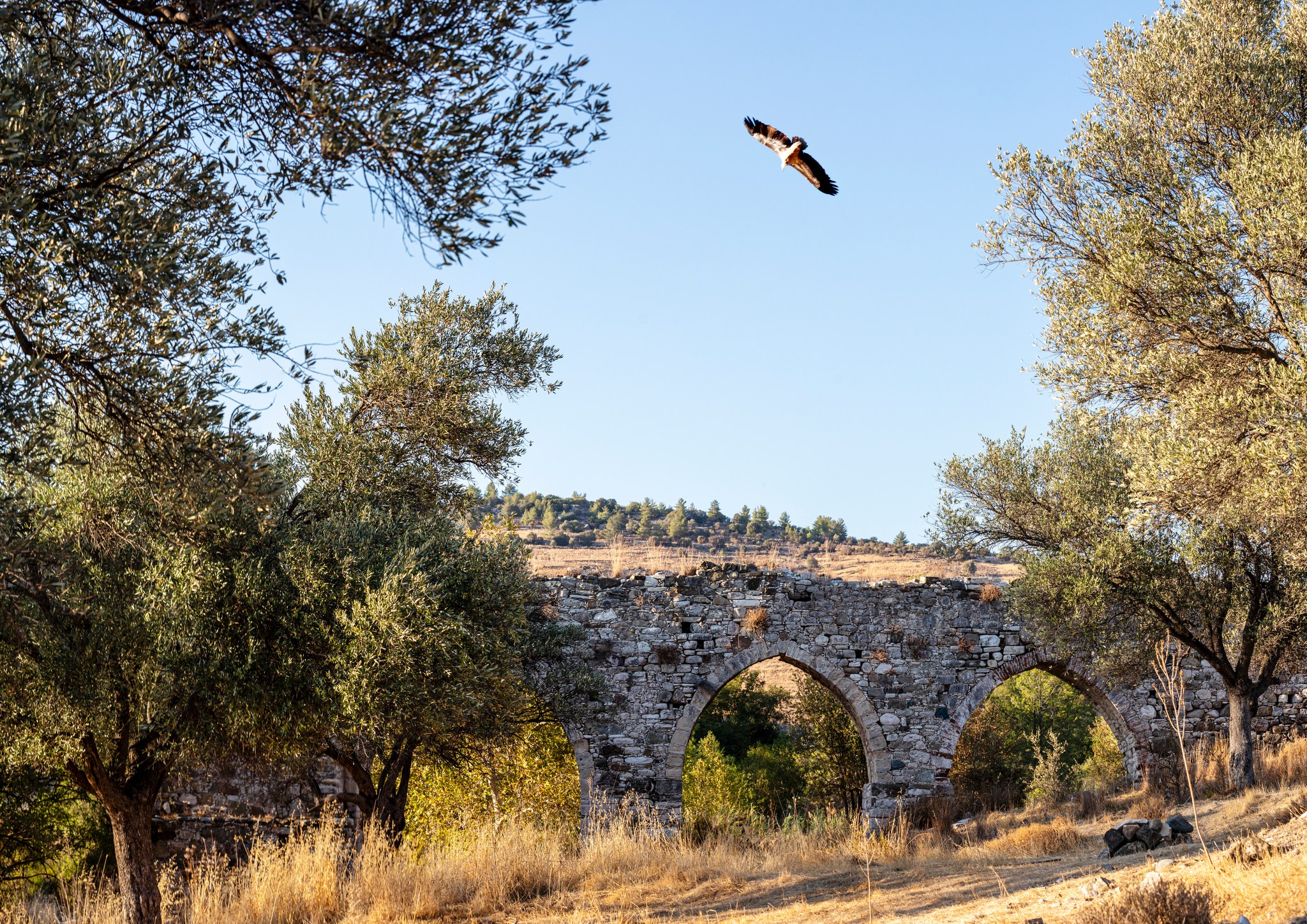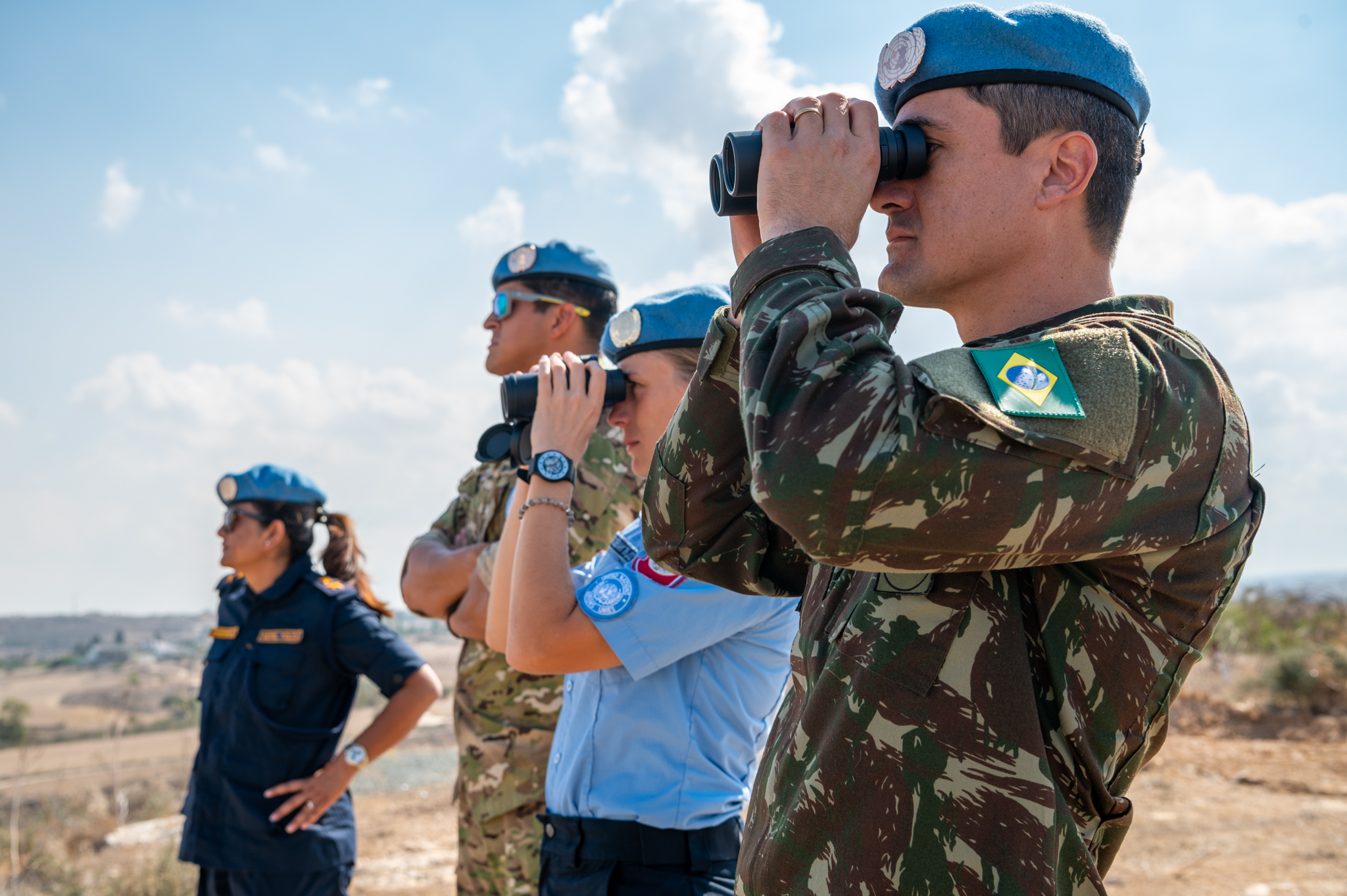The government’s weekend launch of its SafeCY app, showing the location of bombs shelters in Cyprus so shortly after Iran and Israel started bombarding each other with missiles, was largely coincidental, it was reported on Monday.
Interior ministry spokeswoman Margarita Kyriacou said the timing of the app going live on Saturday was coincidental and was imminent in any case.
The Civil Defence spokeswoman Mikaella Mala told the Cyprus Mail that the app was finally launched following a barrage of phone calls to the call centre amid the exchange of missiles, many of which were visible from Cyprus. She admitted that “the timing may have been wrong” but that “there is no reason to panic”.
“The app was announced and presented at a press conference” earlier this year, “but it wasn’t [then] technically ready to be launched,” Kyriacou told the Cyprus Mail.
“The timing was coincidental,” she added.
Kyriacou also said that “for people in Cyprus to be called on to head to their nearest shelter, Cyprus must be under fire”.
That aside, Cyprus Mail readers complained that the app was not working or that they could not download it at all.
“An ordinary search does not reveal the app in Google Play Store in Android on three different devices of ours. Then we do a google search and it reveals that the app is ‘not available in your country’,” a reader said.
Cyprus Mail reporters downloaded it too – or attempted to do so.
Some confirmed complaints that they could not find the SafeCY app to download and that it only appeared when they typed in “safe cy”, regardless of whether their phones were android or iOS.
Those who did manage to download it eventually, found the problems did not end there.
One staff member found the nearest shelter was at a building still under construction.
Others who actually visited their designated shelters found they were either being used as storerooms, or were too small to accommodate the number of people who would be sent there in an emergency or were filthy.
A colleague, living in a triangle of army camps and shooting ranges, found that the nearest shelter was six kilometres away and thus probably inaccessible if Cyprus was being bombed at the time it was needed.
Mala, the Civil Defence spokeswoman, shed light on the issue, saying that the apps that appear high up in a search are usually the most downloaded and that is why changing the search words often helped.
The app, she said, was announced on February 28 but only went live on Saturday due to technical issues in the meantime and procedures to register it on the platforms.
“We wanted to promote it without causing a panic. The situation in the region and the phone calls prior to the launching did not leave any option but to launch it. The timing may have been wrong,” she added.
Mala said the shelters were to be used “for a few hours” in the event of an air raid.
She added that efforts were being made to increase the number of shelters and that anyone with a suitable basement could have it included on the list.
Through the app, people were able to get a clearer picture of where to go in the event of an emergency. However, some found that their closest shelter was outside the 3km radius, to which one could “travel to on foot”.
“Shelters are mainly in urban areas, where there could be targets and the operation of the state could be affected,” Mala explained.
She said that outside city limits, shelters were “fewer or inexistent”.
“In some areas there are no basements and thus there can be no shelters. If someone in the area has a basement suitable to be a shelter and would like us to include it, we would happy if they contacted us,” Mala added.
Using basements as shelters “is done on a voluntary basis” as the owners are not compensated, Mala said, adding that the underground space is usually used as a car park and only in the event of an air raid would the people be required to vacate the space from vehicles.
For those in rural areas without a nearby shelter, the app includes information on how people can protect themselves, such as staying away from windows that may shatter in a bombing.
Figures given to the Cyprus Mail last October by civil defence counted 2,200 shelters across Cyprus ready to accommodate 30 per cent of the population but efforts were underway to increase the numbers so as to accommodate up to 70 per cent of the population.
The Turkish Cypriot side on Monday said they have a total of 268 shelters, 10 of which are public and 258 private, and can accommodate around 200,000 people.
Mala said the “user-friendly app” was launched in the framework of the EU strategy for modernisation and digitalisation, which set prevention as a priority.







Click here to change your cookie preferences